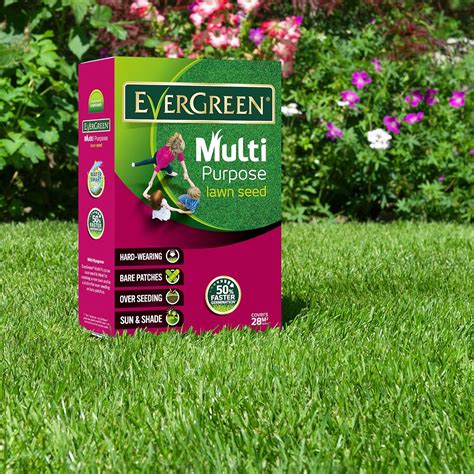Foolproof Bird Repellents for Lawn Seed: Protecting Your Investment
Protecting your newly sown lawn seed from hungry birds can feel like a constant battle. Those chirping culprits can decimate your efforts in a matter of hours, leaving you with patchy grass and a hefty bill for re-seeding. But don't despair! This guide explores foolproof bird repellents that actually work, helping you achieve the lush, green lawn you've always dreamed of. We'll delve into various methods, addressing common questions and concerns to give you the upper hand in this avian arms race.
Understanding the Bird Problem
Before diving into solutions, it's crucial to understand why birds target your lawn seed. They're simply following their natural instincts – finding readily available, high-protein food sources. Newly sown seeds are the perfect meal, easily accessible and packed with nutrition. Knowing this allows us to develop strategies that make your seeds less appealing or more difficult to access.
Effective Bird Repellent Methods
Here are some of the most effective methods to deter birds from feasting on your precious lawn seed:
1. Netting:
This is often considered the most reliable method. Fine mesh netting, specifically designed for bird protection, creates a physical barrier preventing birds from reaching the seeds. Ensure the netting is securely anchored to the ground to avoid any gaps.
Pros: Highly effective, reusable. Cons: Can be labor-intensive to install and remove, may be unsightly.
2. Scarecrows & Decoys:
While traditional scarecrows might seem quaint, they’re surprisingly effective – at least initially. Birds are intelligent creatures, however, and will quickly learn to ignore stationary decoys. To improve effectiveness, consider using moving scarecrows or strategically placed reflective objects like Mylar tape.
Pros: Relatively inexpensive, readily available. Cons: Effectiveness diminishes over time, requires maintenance.
3. Sound Repellents:
Ultrasonic devices emit high-frequency sounds inaudible to humans but reportedly unpleasant to birds. While their effectiveness varies, many users report success. Remember to check local ordinances before use, as some devices may be restricted.
Pros: Relatively low maintenance, effective over a wider area. Cons: Effectiveness may vary depending on the device and bird species, potentially disruptive to neighbors.
4. Visual Repellents:
Shiny objects, reflective tape, and pinwheels can startle birds and deter them from landing. These methods are often used in conjunction with other repellents. The movement and flashing light create a less predictable environment that birds find unsettling.
Pros: Relatively inexpensive, easy to implement. Cons: Effectiveness diminishes over time, may not be sufficient alone.
5. Bird Spikes:
These sharp, pointed devices are often used to prevent birds from landing on specific areas, such as window ledges or rooftops. While not directly applicable to protecting the entire lawn, they might be helpful in deterring birds from perching nearby.
Frequently Asked Questions (PAA)
Q: How long do I need to use bird repellent?
A: Generally, bird repellents are most effective during the crucial germination and early growth stages of your lawn seed (typically the first 2-4 weeks). Once the seedlings are established and taller, birds are less likely to target them.
Q: Are there any natural bird repellents?
A: Some gardeners use natural methods like sprinkling pepper flakes or coffee grounds around the seeded area. However, the effectiveness of these methods is often debated, and they might not offer sufficient protection. The consistent use of netting is a far more reliable option.
Q: What is the most effective bird repellent?
A: Netting provides the most reliable protection against birds damaging your lawn seed. While other methods might help, netting creates a physical barrier that prevents birds from accessing the seeds entirely.
Q: How do I choose the right bird netting?
A: Choose a fine mesh netting that is strong enough to withstand wind and weather. Ensure the netting is wide enough to cover your seeded area.
Conclusion
Protecting your lawn seed from birds requires a multi-pronged approach. While no single method is foolproof, combining several techniques – particularly netting and visual or sound deterrents – significantly increases your chances of success. Remember, patience and persistence are key. With the right strategy, you can enjoy a thriving, bird-free lawn in no time.

